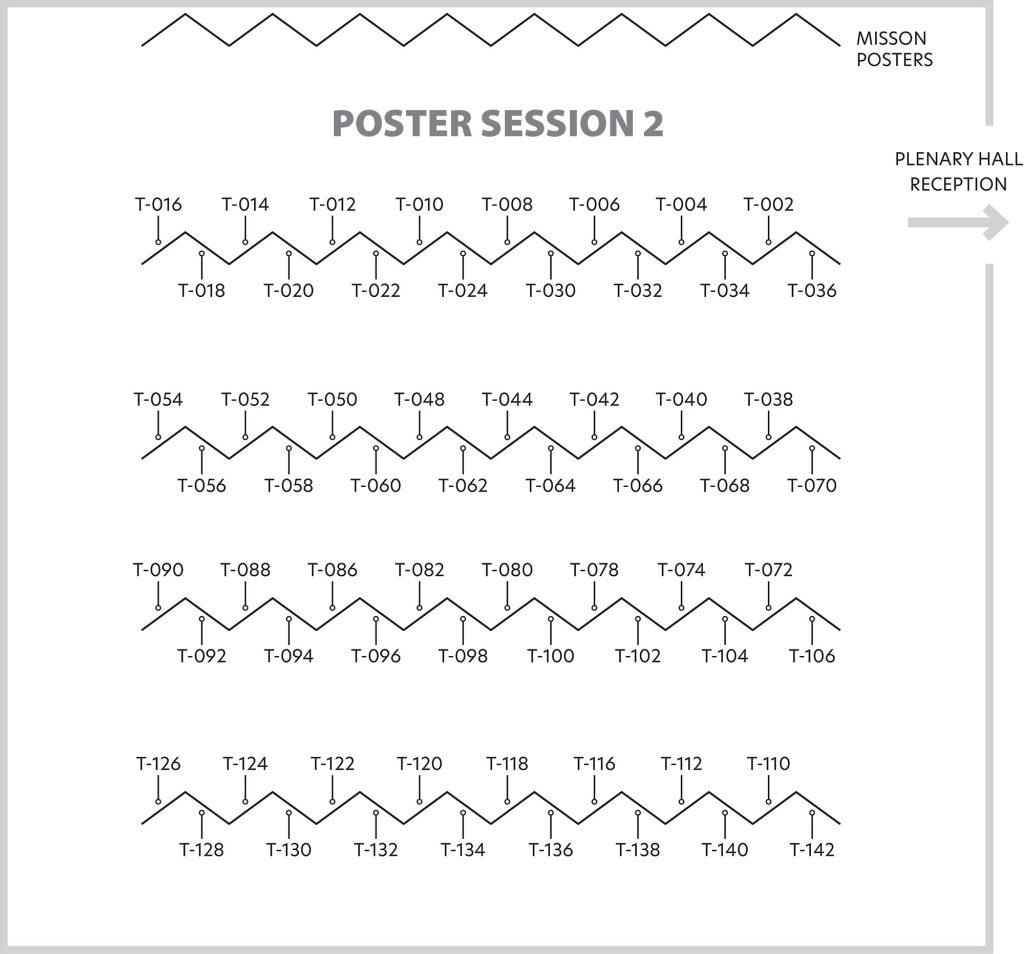POSTER Session 2
Tuesday, October 8
11:10–12:50
Poster Session | 1 | 2 | 3 | 4 | Instructions | Schedule at a Glance
ABSTRACT 798 | POSTER T-010
INITIAL MATCHUP RESULTS FROM THE HYPERNAV VICARIOUS CALIBRATION NETWORK OF AUTONOMOUSLY PROFILING RADIOMETRIC SYSTEMS AND THE OCEAN COLOR INSTRUMENT OF PACE
The Plankton, Aerosol, Cloud, Ocean Ecosystem (PACE) satellite, launched on February 8, 2024, carries the Ocean Color Instrument (OCI), providing continuous spectral radiometric observations of the ocean surface. Maintaining the OCI’s calibration post-launch is vital for ensuring data accuracy and reliable ocean color assessments. System Vicarious Calibration (SVC) achieves this by adjusting pre-launch calibration coefficients using predicted top-of-atmosphere radiances derived from in situ radiometric measurements and atmospheric radiative modeling. SVC depends on collecting numerous high-quality satellite and in situ observations across all seasons to converge on consistent spectral vicarious calibration gain coefficients. The HyperNav float-based profiling system integrates buoyancy-driven autonomous profiling floats with high-precision radiometric systems and additional sensors for measuring pressure, platform orientation, and optical properties. Its dual independent upwelling radiance sensors, along with integrated pressure and tilt sensors, form a robust radiometric system. The HyperNav SVC system introduces a novel capability for a network of autonomous platforms to support the SVC requirements of OCI and other satellite hyperspectral ocean color sensors. Since early 2024, we have operated and maintained a fleet of HyperNav systems to expedite the SVC of space-based sensors by acquiring sufficient matchups promptly. These systems are strategically deployed at three primary locations: west of Kona, HI, north of the island of Crete, and south of the island of Puerto Rico. In this study, we provide an overview of the collected data, describe the matchup comparison process and criteria, and assess data quality. Additionally, we present initial SVC matchup comparisons and spectral vicarious calibration gain coefficients.
Andrew Barnard, Oregon State University, USA, https://orcid.org/0000-0002-3664-3193
Emmanuel Boss, University of Maine, USA
Robert Frouin, University of California San Diego, USA
Nils Haentjens, University of Maine, USA
Jing Tan, University of California San Diego, USA
Susanne Craig, NASA Goddard Space Flight Center, USA
Emmerson Sirk, NASA Goddard Space Flight Center, USA
Alexander Bailess, Oregon State University, USA
Paul Chamberlain, University of California San Diego, USA
Poster Session | 1 | 2 | 3 | 4 |
Instructions | Schedule at a Glance
Questions?
Contact Jenny Ramarui,
Conference Coordinator,
at [email protected]
or (1) 301-251-7708

